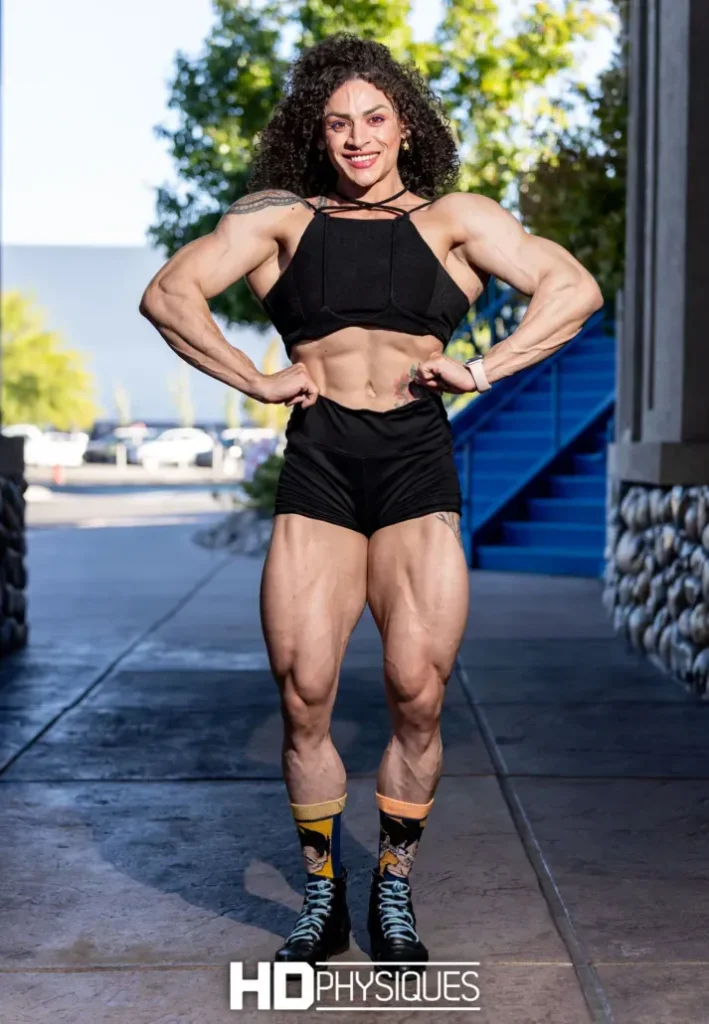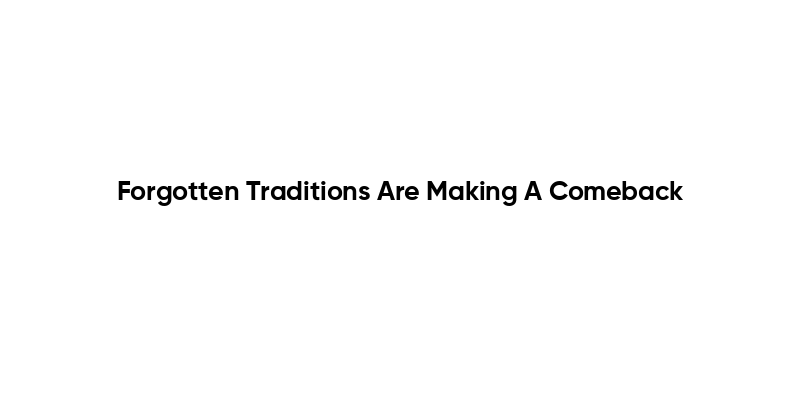Feminine muscle, often underestimated in the world of fitness, represents a significant shift in how women approach strength training and bodybuilding. Traditionally, societal norms have painted a narrow picture of femininity, one that often excludes the powerful aesthetics of women who lift weights. However, as more women embrace strength training for women, they are redefining what it means to be strong and fit. This growing movement not only celebrates women’s physical transformations but also promotes body positivity fitness, challenging the stigma around muscularity. With a focus on lifting for women, we find empowerment in reshaping our bodies and challenging traditional gender roles through feminism and fitness, proving that strength knows no gender.
The conversation around women’s strength and muscularity is evolving rapidly, giving rise to concepts like the female physique in competitive bodybuilding and the rise of women in strength training. As female athletes increasingly showcase their strength and athleticism, terms like ‘muscular femininity’ are emerging, emphasizing that women can possess both strength and femininity simultaneously. These athletes are pushing boundaries, engaging in what seems a revolution in their fitness journeys—where lifting isn’t merely about aesthetics but also about emotional fulfillment and personal empowerment. As this culture grows, it fosters an environment where women feel celebrated for their achievements in the gym, contributing to a broader narrative that values diversity in body types and fitness goals. The idea that strength is not just for men is gaining traction, heralding a new era of fitness that embraces all forms of strength.
The Shift in Women Bodybuilding Culture
The evolution of women bodybuilding has been a fascinating journey, from being largely marginalized to gaining increased visibility and acceptance. In the early years, female lifters like Bev Francis faced harsh judgment, often criticized for their muscular physiques, which were deemed unfeminine. As bodybuilding became more mainstream in the 1980s and 1990s, this perception started to shift. Women began to step into the weight room and redefine strength, challenging societal norms about femininity and fitness.
Today, women in bodybuilding are celebrated for their strength and muscular development. Social media platforms have played a crucial role in this transformation, showcasing strong women and celebrating diverse body types. These changes indicate a broader acceptance of strong women who embody both power and femininity, contributing to a movement that empowers women to pursue strength training without the fear of being labeled as too muscular.
Understanding Feminine Muscle in Modern Fitness
Feminine muscle is a term that embodies the growing acceptance of women being muscular and strong without losing their femininity. This notion contrasts heavily with the past, where women were often discouraged from developing muscle due to fears of looking bulky. More recently, however, the narrative has changed significantly. Women discover that lifting weights can contribute not just to physical strength, but also to mental well-being, aiding self-acceptance and challenging limiting beliefs about their bodies.
Many women are now embracing lifting for strength as a path to body positivity. This empowerment through strength training fosters a sense of ownership over one’s body, creating a community of support and resilience. The shift in focus from simply achieving a certain appearance to prioritizing wellness and strength marks a significant cultural change in the fitness realm, embracing a holistic view of health that incorporates both physical ability and self-acceptance.
Strength Training for Women: Breaking Down Barriers
Strength training has long been associated with masculinity, but women are breaking down these barriers and redefining what it means to be strong. This shift is not just about aesthetics; it encompasses empowerment and the dismantling of outdated stereotypes. Women are finding joy in the gym, lifting heavier weights, and realizing that strength is not solely reserved for men. Every rep, every set becomes a statement of resilience and defiance against traditional gender norms.
Programs dedicated to strength training for women combine education and empowerment, teaching proper form and technique while encouraging participation. As these initiatives flourish, more women are learning that lifting weights can lead to improved physical health, better mental clarity, and a supportive community that prioritizes collective wellness over individual appearance.
Body Positivity Fitness: Embracing Diverse Bodies
The body positivity movement has made great strides within the fitness community, advocating for acceptance regardless of shape or size. This growing trend encourages women to embrace their unique bodies while participating in fitness activities like strength training. The focus shifts from achieving an ideal body to appreciating what one’s body can accomplish, allowing for a more inclusive fitness culture that acknowledges and celebrates diversity.
Body positivity fitness promotes the idea that strength and fitness can come in all shapes and sizes. This paradigm shift empowers women to engage in strength training without the fear of being judged or feeling inadequate. Social media acts as a powerful tool in this movement, allowing women to share their progress, stories, and experiences, thereby creating a supportive network that uplifts and inspires others to embrace their fitness journeys.
Feminism and Fitness: A Convergence of Ideals
Feminism and fitness intersect in powerful ways, as women assert their right to occupy spaces traditionally dominated by men, thereby challenging the norms of gender roles. The movement toward lifting for strength can be seen as a feminist act, reclaiming autonomy over one’s body and rejecting societal pressures to conform to a specific body type. This empowerment allows women to redefine their identities beyond the constraints of traditional femininity.
Moreover, connecting fitness with feminism opens discussions about privilege, body autonomy, and self-expression in the weight room. As women support each other in their strength training journeys, they facilitate a cultural environment that encourages diversity, body positivity, and resilience, thus transforming how fitness is perceived and practiced by women worldwide.
The Power of Community in Women’s Lifting
There is immense power in community, especially within women’s lifting groups. These communities foster an environment of support and encouragement, where women come together to share their lifting journeys, goals, and struggles. This sense of belonging cultivates confidence and motivation, essential components as women navigate their strength training paths. The camaraderie in these spaces shifts the focus from competition to collective growth and empowerment.
As women lift together, they break down barriers and challenge stereotypes while sharing resources, advice, and personal experiences. The community becomes a safe haven for women to explore their strength, validate their experiences, and empower each other to push beyond perceived limits. This supportive network plays a crucial role in the changing landscape of women bodybuilding, where everyone lifts each other up in pursuit of strength.
Lifting Beyond Aesthetics: A Shift in Mindset
The recent cultural shift in lifting for women is less about aesthetics and more about functional fitness and health. No longer trapped in the fear of becoming ‘bulky,’ women now focus on the physical and mental benefits of lifting heavy weights. This change of mindset places value on strength gained through dedication and hard work, shifting the narrative from looking a certain way to feeling strong and capable.
Women are discovering that lifting transforms not only their bodies but also their mental outlook. This journey encourages the development of goal-oriented mindsets that prioritize self-improvement, health, and wellness over societal pressures regarding appearances. This transformation signifies a major win for body positivity, allowing women to create personal health stories that celebrate their strength in both body and spirit.
Personal Stories in Strength Training
The power of personal stories can greatly impact the journey of women entering strength training. Sharing individual experiences creates a platform for others to relate, learn, and feel inspired. Women who recount their struggles with body image and dietary restrictions resonate deeply with those just starting their fitness journeys, fostering empathy and understanding in the lifting community.
These narratives not only promote awareness of the challenges many women face in fitness but also highlight the successes and breakthroughs that occur through strength training. It’s in these shared experiences that many find the courage to abandon outdated notions of fitness and embrace a lifestyle centered around strength, empowerment, and community.
The Future of Fitness: An Inclusive Approach
As the fitness industry continues to evolve, the future of women’s strength training looks promising and inclusive. Emphasizing diversity and representation, gyms and fitness programs are adapting to meet the needs of women from all backgrounds. The focus on creating welcoming spaces encourages women to participate in strength training regardless of their starting point, empowering them to carve out their unique fitness paths.
Moreover, the dialogue surrounding fitness is becoming increasingly nuanced, addressing the intersectionality of race, body type, and gender. Embracing these complexities allows for a holistic approach, where women can lift weights and celebrate their muscles without fear of judgment. The future aims for a fitness culture that embodies body positivity and empowerment, creating a legacy of strong women who redefine strength.
Frequently Asked Questions
What is feminine muscle and how does it relate to women bodybuilding?
Feminine muscle refers to the muscular development of women that emphasizes strength while maintaining a traditionally feminine appearance. In the context of women bodybuilding, it champions the idea that women can build muscle through strength training without conforming to outdated stereotypes of femininity. This movement celebrates women who lift, promoting body positivity and strength as empowering traits.
How can strength training for women help improve body positivity?
Strength training for women can significantly enhance body positivity by shifting the focus from weight loss to building strength and confidence. Women who engage in lifting often discover an appreciation for their bodies’ capabilities rather than their appearances, fostering a healthier body image that values functionality over aesthetics.
What are some effective lifting techniques for women in bodybuilding?
Effective lifting techniques for women in bodybuilding include focusing on compound movements like squats, deadlifts, and bench presses. Additionally, using proper form and varied rep ranges can help maximize strength gains. Incorporating routines that prioritize progressive overload is key, allowing women to build muscular strength and definition without the fear of becoming too bulky.
How can women overcome the fear of becoming too bulky through resistance training?
Women can overcome the fear of becoming too bulky through education about how muscle growth works and by understanding that achieving a significant muscle mass requires specific training and nutritional strategies. Emphasizing strength training for performance rather than aesthetics encourages a healthier relationship with lifting, aimed at overall well-being instead of solely physical appearance.
How does lifting for women challenge traditional gender norms in fitness?
Lifting for women challenges traditional gender norms by redefining strength as an asset accessible to all genders. This empowerment through strength training promotes equality in fitness, showcasing women as powerful athletes, capable of achieving accomplishments in bodybuilding while also fostering community support and breaking down barriers in a male-dominated space.
What role does feminism play in the resurgence of women in strength training?
Feminism plays a crucial role in the resurgence of women in strength training by advocating for women’s rights to embody strength, reject societal pressures, and redefine beauty standards. The movement encourages women to embrace their fitness journeys as acts of empowerment, challenging the patriarchal notions of femininity and promoting an inclusive and diverse fitness culture.
How can women in fitness communities support each other in their bodybuilding journeys?
Women in fitness communities can support each other in bodybuilding by sharing experiences, tips, and successes, creating a sense of solidarity. Building mentorship programs, hosting group training sessions, and celebrating each other’s progress reinforce a positive environment that empowers women to strive for their fitness goals together.
What benefits do women gain from participating in bodybuilding and strength training?
Participating in bodybuilding and strength training offers women numerous benefits, including improved physical strength, enhanced mental health through increased confidence, a supportive community, and the opportunity to redefine personal and societal beauty standards. These benefits empower women to embrace healthier lifestyles while fostering resilience and self-acceptance.
How has social media influenced women’s lifting culture and body positivity?
Social media has significantly influenced women’s lifting culture by providing platforms for sharing personal fitness journeys, promoting body positivity, and connecting women with similar goals. It has democratized access to information and inspiration, allowing women to engage with content that emphasizes strength and health rather than just aesthetics, leading to a transformative cultural shift.
What resources are available for women interested in getting started with strength training?
Resources for women interested in strength training include online fitness programs tailored for women, local gyms with women-centered classes, instructional videos on platforms like YouTube, and supportive online communities such as fitness forums and social media groups. Additionally, working with trainers who specialize in women’s strength training can provide personalized guidance and support.
| Key Point | Details |
|---|---|
| Casey Johnston’s Perspective | Johnston’s book, ‘A Physical Education,’ discusses how lifting weights helped her escape diet culture and embrace a healthier relationship with her body. |
| Historical Context | Bodybuilding was viewed negatively in past decades, but attitudes shifted by the 1980s, as fitness culture flourished. |
| The Intersection of Gender and Muscle | Women often faced discrimination in bodybuilding, accused of losing their femininity through muscularity. |
| Shifts in Women’s Fitness | Social media and online communities have encouraged women to lift weights, challenging traditional beauty standards. |
| Cultural Reflections | Bodybuilding reflects broader societal values and the changing perceptions of masculinity and femininity. |
Summary
Feminine muscle has gained new recognition and respect as women increasingly lift weights, redefining strength and body image in fitness culture. In recent years, voices like Casey Johnston’s have encouraged women to embrace muscle as a powerful asset rather than a societal taboo. This transformation not only empowers women physically but also challenges long-standing gender stereotypes, promoting a more inclusive and body-positive dialogue in health and fitness.



